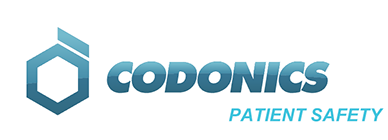How the Affordable Care Act is Influencing Medical Device Design
Each year, the Medical Design Excellence Awards (MDEA) program serves as a microcosm of the medical device industry. Browsing the submissions can hint at factors affecting the industry and provide clues as to which opportunities device makers in the larger market are targeting.
Though we’ve seen submissions respond to the Affordable Care Act (ACA) for a few years now, the healthcare reform law’s influence seemed more pronounced than ever this year. That’s not surprising, as 2014 brought the rollout of several key ACA provisions, and more are on the way in 2015.
The Medical Design Excellence Award winners will be announced at a ceremony June 11, 2014 at the MD&M East conference and exposition in New York City.
Though we’ve seen submissions respond to the Affordable Care Act (ACA) for a few years now, the healthcare reform law’s influence seemed more pronounced than ever this year. That’s not surprising, as 2014 brought the rollout of several key ACA provisions, and more are on the way in 2015.
Many of this year’s MDEA finalist products rose to the top at least in part because they offer novel solutions to help the healthcare system meet the challenges it faces in the post-ACA landscape.
Cost Cutting Continues
While cost cutting has been a trend among MDEA finalist products for a while now, it was especially evident this year. In the United States, payors are feeling the effects of the ban on yearly coverage caps, and providers are being pushed to use resources more effectively. Outside the United States, developing markets are demanding lower cost but still high-quality devices.
“Cost effectiveness and overall reducing the cost of healthcare delivery is paramount in today’s applications,” says MDEA juror Richard Meyst, president and CEO of medical device design and development consultancy Fallbrook Engineering Inc.
Device makers appear to be responding with everything from lower cost and all-in-one devices to products designed to cut procedure times and get patients out of the hospital faster.
